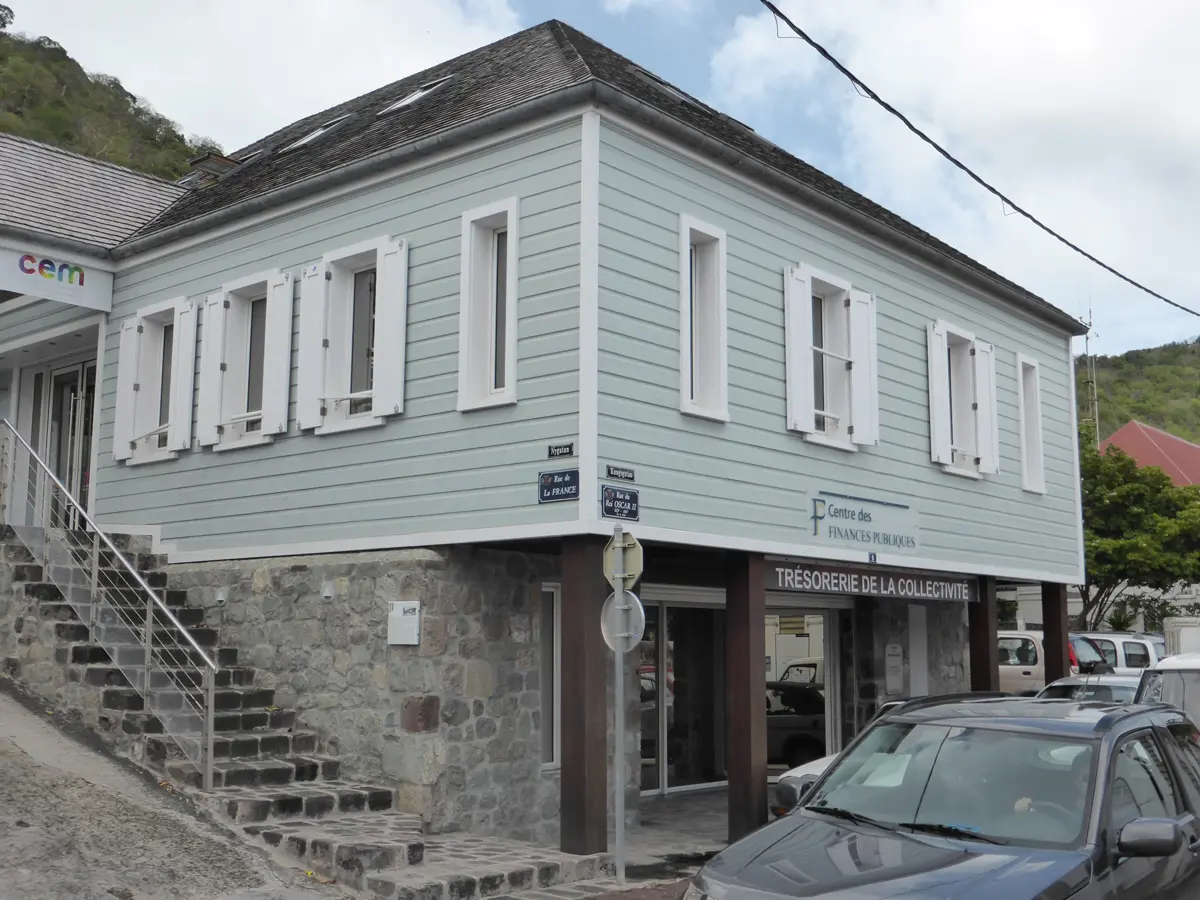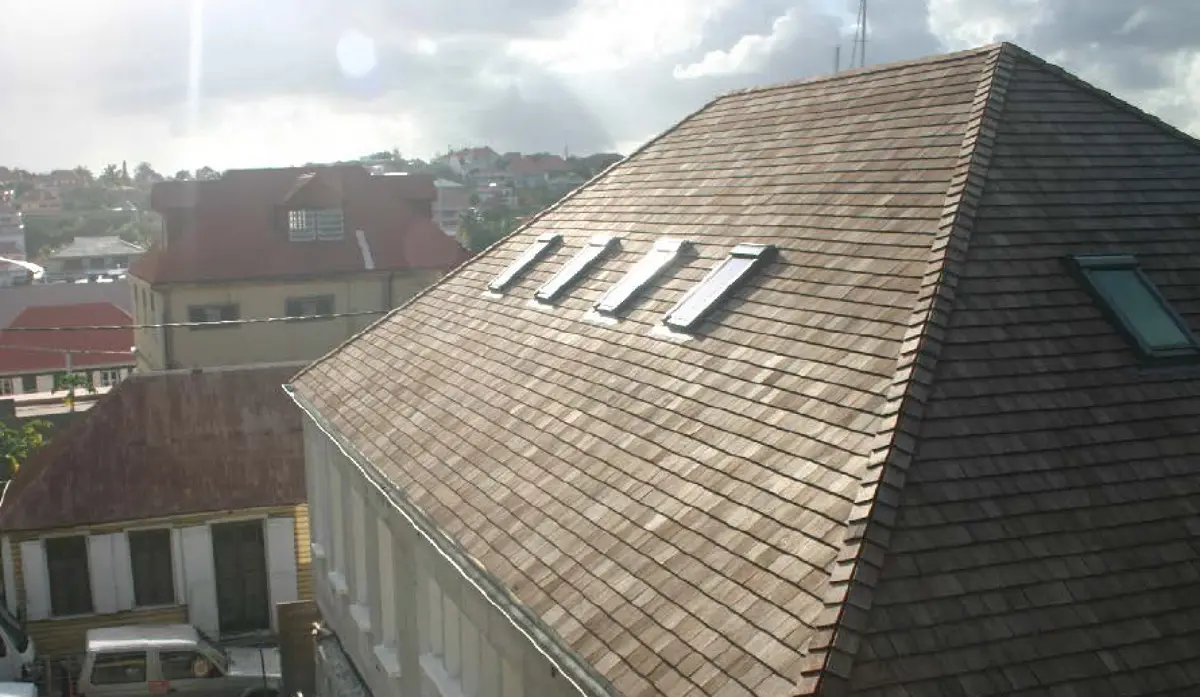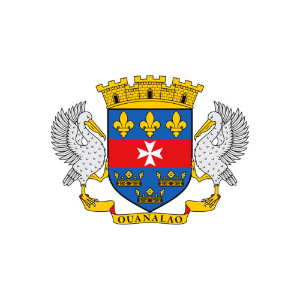The Major’s House, originally built around 1780, stands as a testament to St. Barth’s rich colonial history and its resilience in the face of natural disasters. Initially constructed to replace a merchant building, it served as the residence for the island’s Major, who was responsible for the garrison and police force. The current structure, rebuilt in 2006, faithfully replicates the original design, complete with its distinctive high stone wall on a hilly plot. Throughout its history, the Major’s House has weathered numerous challenges.

It withstood major hurricanes in 1819 and 1837, undergoing renovations to serve as a government building and the governor’s office. Perhaps its most significant moment came on March 16, 1878, when it hosted the signing of papers that returned St. Barth to French rule. The building’s versatility is evident in its many roles over the years – from school to courthouse to fire station. A unique feature of the house is its separate kitchen annex, mandated by a Swedish law from July 18, 1797.

This law required kitchens to be housed in separate buildings with at least 7-foot-high stone walls around the fireplace, a precaution against the spread of fires in towns dominated by wooden structures. This architectural detail provides insight into the practical considerations of colonial life and the influence of Swedish governance on the island’s development. Today, the Major’s House stands not just as a historical landmark, but as a symbol of St. Barth’s adaptive history, blending Swedish colonial influence with local Caribbean architectural traditions.
